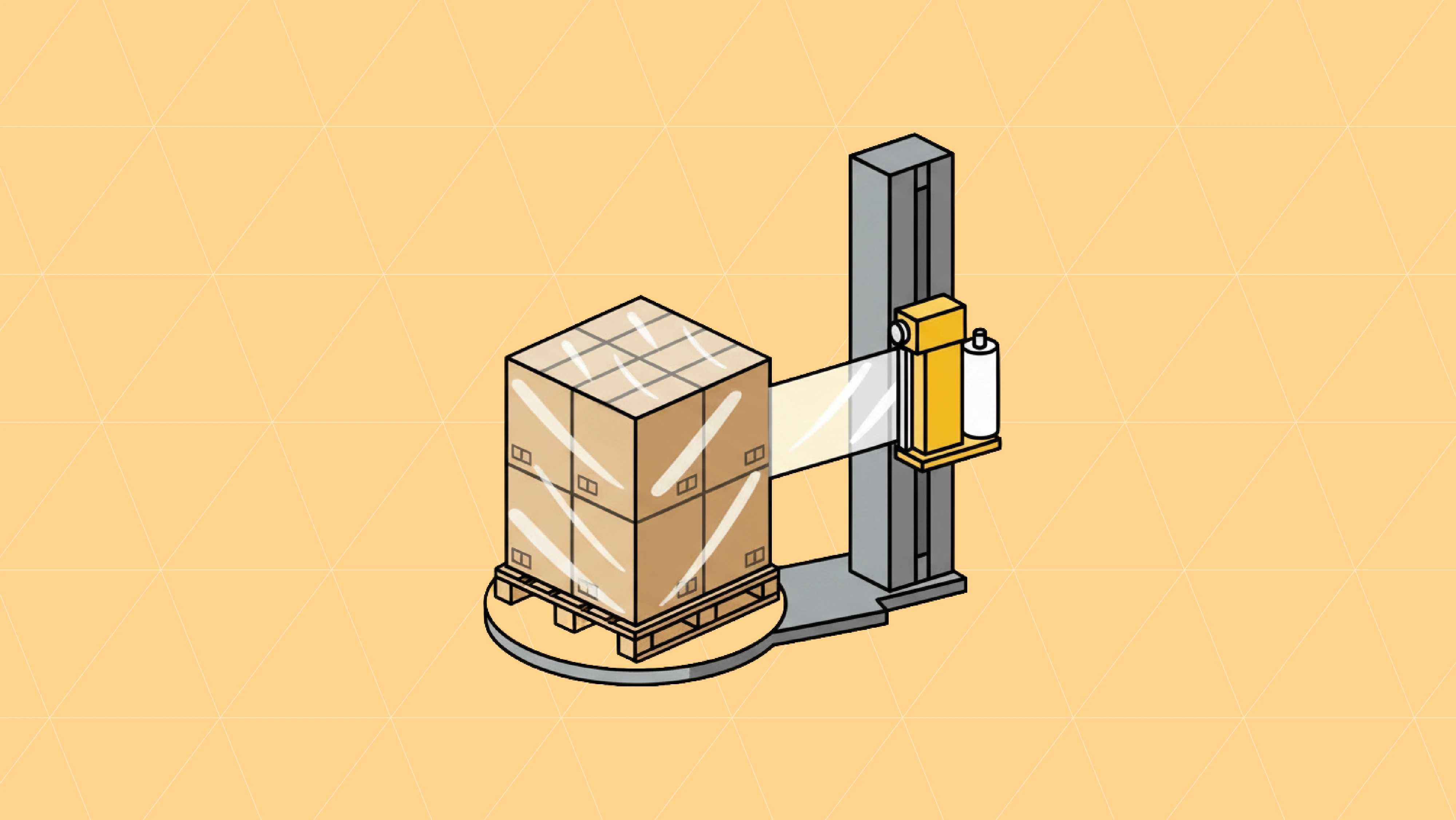Selecting the optimal shipping method significantly impacts your business costs, delivery timelines, and operational efficiency. Today’s companies need shipping solutions that balance budget constraints with customer expectations. Two primary options—parcel shipping and less-than-truckload (LTL) shipping—offer distinct advantages depending on your specific needs.
Understanding the key differences between these shipping methods helps businesses make informed decisions based on package dimensions, weight, shipping volume, budget considerations, and logistical requirements. Let’s explore how each option works and when to use them for maximum efficiency.
What is Parcel Shipping?
Parcel shipping provides a solution for smaller, lightweight shipments typically weighing under 150 pounds. Major carriers including FedEx, UPS, DHL, Uber Freight, and USPS handle these deliveries with comprehensive tracking, insurance options, and relatively quick transit times.
Parcel shipping offers several distinctive features:
Parcel shipping accommodates smaller packages that don’t require palletization and can be handled by a single person. This flexibility makes it ideal for e-commerce businesses shipping individual products directly to consumers.
These carriers maintain extensive distribution networks enabling efficient national and international deliveries. This broad coverage ensures your packages can reach virtually any destination worldwide.
For smaller shipments, parcel services provide cost-effective solutions with pricing based on package weight, dimensions, shipping distance, and any special handling requirements. This scalable pricing model works well for businesses with variable shipping needs.
Parcel shipping balances affordability with speed, offering standard ground shipping for routine deliveries and express services for time-sensitive shipments. This range of service levels allows businesses to match shipping speed with customer expectations.
This shipping method particularly benefits e-commerce operations, small businesses, and direct-to-consumer models where individual package delivery forms the core of distribution strategy.
What is LTL Shipping?
Less-than-truckload shipping addresses the needs of businesses with larger, heavier shipments that don’t require a full truckload. Instead of dedicating an entire trailer to a single shipment, LTL allows multiple businesses to share trailer space, creating a cost-effective option for mid-sized freight.
LTL shipping features several key characteristics:
LTL efficiently handles freight weighing between 150 and 10,000 pounds, particularly when organized on pallets. This consolidation approach optimizes transport for larger items that exceed parcel limits but don’t justify full truckload shipping.
LTL pricing follows a structured system calculated using dimensions, weight, density, distance, National Motor Freight Classification (NMFC) codes, volume, and handling requirements. This comprehensive approach ensures fair pricing based on the actual space and resources your shipment requires.
Most LTL shipments travel secured on pallets, which minimizes damage risks during transit and simplifies loading and unloading processes. This standardized approach improves handling efficiency throughout the shipping journey.
Because LTL shipments share truck space with other businesses’ freight, they typically move through multiple terminals before reaching their final destination. This consolidated approach extends transit times compared to dedicated shipping options.
LTL carriers primarily focus on business-to-business deliveries, with additional services like liftgate assistance and inside delivery available when needed. These specialized services accommodate commercial shipping requirements beyond residential delivery capabilities.
Manufacturers, wholesalers, and businesses shipping bulk orders without needing a dedicated truck find LTL shipping particularly advantageous for their operations.
Key Differences Between Parcel and LTL Shipping
Understanding the distinctions between these shipping methods helps businesses make informed decisions for each shipment:
Parcel shipping handles individual packages up to 150 pounds, while LTL shipping accommodates consolidated shipments weighing between 150 and 10,000 pounds.
Parcel shipments typically travel in individual boxes handled by automated sorting systems, whereas LTL freight requires organization on pallets or in crates for efficient handling.
Parcel shipping costs depend primarily on weight, dimensions, and distance, while LTL pricing incorporates NMFTA freight classifications, dimensions, weight, density, and specific handling requirements.
Parcel services generally offer faster transit times (typically 1-5 days) compared to LTL shipping’s longer delivery windows (usually 3-7 days) due to consolidated routing through multiple terminals.
Parcel services excel at serving small businesses, e-commerce operations, and residential deliveries, while LTL shipping better meets the needs of manufacturers, wholesalers, and businesses shipping bulk orders.
Choosing Between Parcel and LTL Shipping
The optimal shipping method depends on each shipment’s specific characteristics and requirements:
Parcel shipping works best when:
Items are small and individually weigh less than 150 pounds
Delivery speed is a priority (express, 2-day, overnight, same-day, or scheduled delivery)
Destinations include residential addresses or businesses without loading docks
Packaging costs need to remain low since pallets aren’t necessary
LTL shipping becomes the better choice when:
Shipments exceed 150 pounds and benefit from palletized transport
Cost control for bulk shipments makes freight consolidation attractive
Destinations are commercial locations equipped for truck deliveries
Specialized handling requirements need accommodation
Finding the Right Fit for Your Freight
Both parcel and LTL shipping serve essential roles in modern logistics, but selecting the appropriate method depends on your specific shipment characteristics, urgency requirements, and budget constraints. Parcel shipping excels for smaller, fast-moving deliveries requiring broad distribution capabilities, while LTL shipping offers a streamlined solution for heavier freight needing cost-effective transport.
For businesses utilizing LTL shipping, leveraging the NMFC classification system allows refinement of shipping strategies, improved operational efficiency, and optimized transportation costs. By understanding these distinctions and applying them to your shipping decisions, your business can develop a more effective and economical distribution approach that meets both operational needs and customer expectations.
More articles
Our platform is designed to empower businesses of all sizes to work smarter and achieve their goals with confidence.




